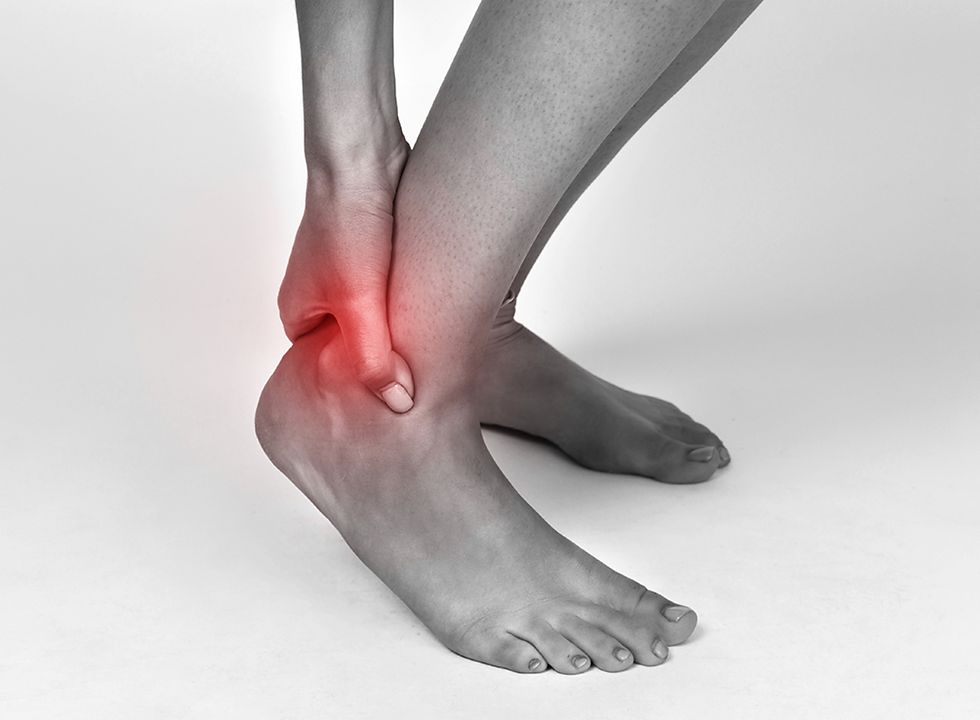Pain radiating down your thighs? Worse with sitting and standing?
- Urban Physiotherapist
- Nov 8, 2020
- 2 min read
Piriformis syndrome is an common condition which involves the piriformis muscle (one of the deep muscles of the buttock) compressing or otherwise irritating the sciatic nerve as it passes under or through the piriformis muscle. This can occur by the muscle tightening or going into spasm. The piriformis muscle is one of the external rotator muscles, so-called because they allow you to rotate your thigh outwards (externally) at the hip.
What are the Symptoms of Piriformis Syndrome?
You may experience one or more of the following symptoms:
Pain felt in one buttock – but you may experience radiation of pain down the back of the leg (sciatica).
Pain aggravated by prolonged sitting or activities that stress the piriformis muscle.
To avoid pain and pressure on the area, you may sit lopsided with your sore buttock tilted up.
Sometimes, you’ll walk with the foot turned out due to shortening of the piriformis muscle.
What Causes Piriformis Syndrome?
Piriformis syndrome is most commonly caused by overworking your piriformis muscle or decreased space in the buttock area, which in turn compresses the muscle and nerve.
The main reasons that the piriformis muscle overworks are:
Protection or dysfunction of the adjacent SIJ or hip joints
A weakness of your deep hip stability muscles
Overpronating feet
Decreased space to the buttock area is most commonly due to:
Hypertrophy of other buttock muscles
Inflammation from the sciatic nerve or piriformis muscle itself
After trauma to the buttock area
How is Piriformis Syndrome Diagnosed?
In most cases, a clinical examination excludes a potential lumbosacral spinal pathology.
Your physiotherapist performs clinical tests that potentially irritate your piriformis or provoke sciatic nerve compressions. They will then interpret the findings. Some piriformis-related tests are the Freiberg, the Pace, the FAIR, the HCLK and Laseguese’s manoeuvres.
CT, MRI, ultrasound, and EMG are mostly useful in excluding conditions that could replicate piriformis syndrome. Electromyography (EMG) can show sciatic nerve compression but only in cases of chronic piriformis syndrome.
Please consult your trusted physiotherapist to confirm or exclude piriformis syndrome.




Comments